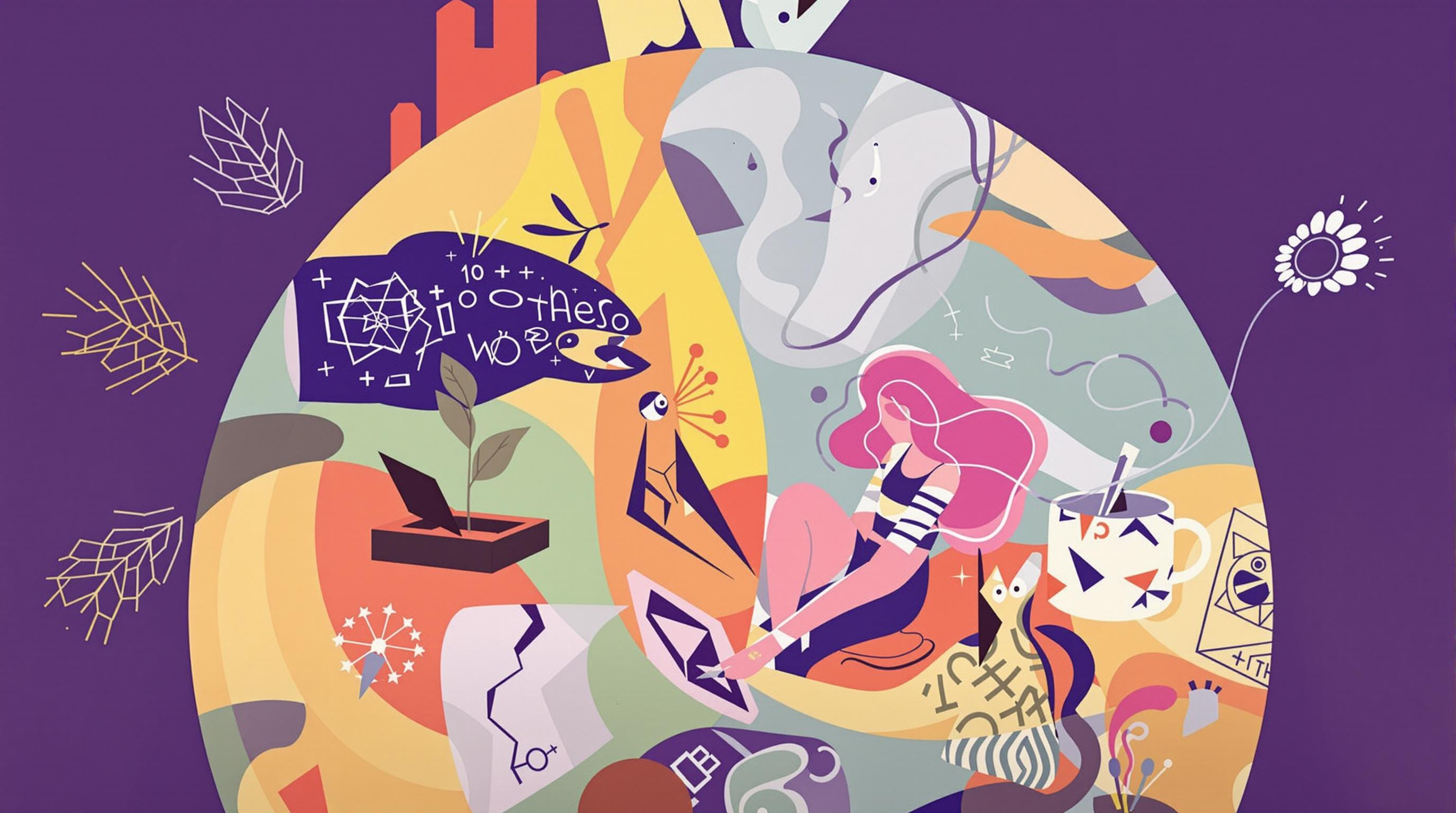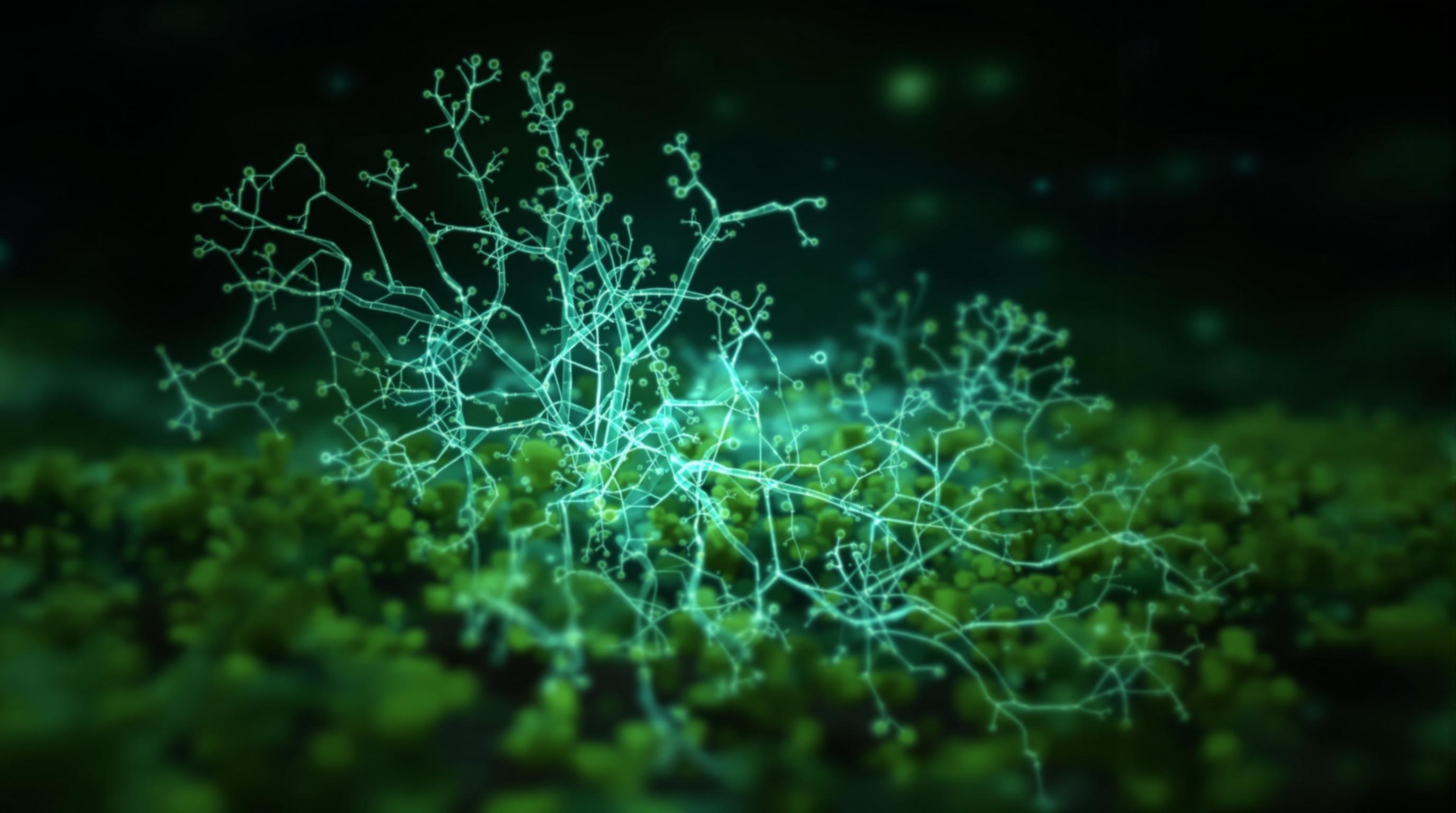Related Articles
- Cultivating Chaos: The Surprising Benefits of Disorder in Sustainable Community Movements
- The Silent Revolution: How Micro-Communities Challenge the Norms of Eco-Conscious Governance
- Rethinking Romance: The Unexpected Impact of Sustainable Love Stories on Community Commitment
- Invisible Workspaces: How the Arrangement of Unseen Elements Shapes Your Daily Workflow and Mental Clarity
- The Hidden Costs of Clutter: How Excess Items in Your Workspace Affect Your Wallet and Well-Being
- Unlocking Creativity: The Unexpected Benefits of Furniture Arrangement on Your Daily Workflow at Home
10 Unique Paradigms: Investigating the Interplay of Artistic Expression and Sustainable Organizing Strategies
10 Unique Paradigms: Investigating the Interplay of Artistic Expression and Sustainable Organizing Strategies
10 Unique Paradigms: Investigating the Interplay of Artistic Expression and Sustainable Organizing Strategies
1. Art as a Tool for Social Change
Art has historically served as a powerful medium for social change, offering a voice to the marginalized and fostering communal solidarity. Through various forms such as visual arts, performance, and literature, artists can address pressing issues like climate change and social injustice, inspiring action and reflection within communities.
The incorporation of art into social movements has the ability to captivate audiences, turning complex issues into relatable narratives. This emotional connection encourages a deeper understanding of systemic problems and motivates individuals to engage in sustainable practices. In this manner, art becomes not just a reflection of society, but a catalyst for transformation.
Organizations like Creative Time in the U.S. have effectively used public art installations to provoke dialogue on sustainability. Their projects highlight environmental issues in accessible ways, motivating communities to adopt more sustainable lifestyles while also emphasizing the importance of artistic expression in social movements.
2. Collaborative Art Projects and Community Engagement
Collaborative art projects promote community engagement by inviting individuals to participate in the creative process. These initiatives often incorporate sustainable practices, like using recycled materials or focusing on local themes, which cultivates a collective awareness of environmental issues.
Such projects foster a sense of belonging and ownership, enabling participants to feel directly connected to the outcomes. By working together, communities can address local environmental challenges while simultaneously generating art that reflects their unique identities and struggles.
For instance, initiatives like the "Community Murals Project" encourage neighborhoods to collaborate in creating murals that depict their history and aspirations. These projects not only beautify the environment but also empower communities to take part in local sustainability efforts, thus reinforcing the interdependence of art and environmental advocacy.
3. The Role of Eco-Art in Environmental Advocacy
Eco-art emerges from the intersection of art and environmentalism, where artists utilize natural materials or concepts to raise awareness about ecological concerns. This form of artistic expression serves to critique human impact on the environment, often employing immersive experiences that challenge viewers to reconsider their relationship with nature.
Through works that highlight the fragility of ecosystems, eco-artists encourage audiences to engage in sustainable behaviors, reinforcing the need for ecological consciousness. By blending aesthetics with activism, eco-art not only beautifies spaces but also delivers poignant messages on issues such as climate change and biodiversity loss.
The work of artists like Olafur Eliasson demonstrates how eco-art can evoke emotional responses and inspire collective action. His installations often incorporate environmental phenomena, urging viewers to reflect on their environmental impact and promoting a sense of shared responsibility toward sustainability.
4. Storytelling as a Mechanism for Change
Storytelling is a vital component of both art and sustainable organizing. Narratives that emphasize sustainability can make complex topics accessible and relatable to the general public. Personal stories can create empathy, enabling individuals to see the implications of environmental challenges from the perspective of others.
Artistic storytelling methods—be it through theater, film, or literature—allow for the exploration of themes such as resilience, hope, and collaboration. When framed through creative narratives, the urgency of addressing sustainability can be underscored, prompting audiences to reflect on their roles and responsibilities in the healing of the planet.
Moreover, platforms like the Moth, which promotes storytelling events, demonstrate how personal experiences can catalyze discussions about sustainable practices. By sharing these stories publicly, communities foster deeper connections, inspiring collective action toward environmental strategies.
5. The Intersection of Technology, Art, and Sustainability
As technology evolves, the intersection of art and sustainability presents opportunities for innovative solutions to pressing environmental issues. Digital art, interactive installations, and virtual reality experiences are paving the way for immersive storytelling that emphasizes ecological awareness.
Artists utilizing technology can create simulations of potential futures, demonstrating the consequences of unsustainable practices. These digital narratives serve to educate and motivate audiences toward more sustainable behaviors, all while employing cutting-edge tools to captivate viewers.
For example, projects like "EcoMuco" use augmented reality to showcase local biodiversity and its vulnerability. By integrating artistic expression with new technologies, these initiatives aim to spark curiosity and commitment toward environmental stewardship.
6. Cultural Heritage and Sustainability in Arts
Cultural heritage plays a significant role in sustainable practices within the arts. Traditional art forms often emphasize respect for the environment, showcasing sustainable techniques and materials that have been passed down through generations. This wisdom is invaluable in contemporary discussions on sustainability.
Artists who draw from indigenous and local traditions can offer insights into enduring, sustainable practices that have stood the test of time. By reviving these methods, modern artists contribute to the preservation of cultural heritage while also promoting sustainability.
For instance, artists working with traditional weaving or pottery techniques often utilize natural materials and environmentally-friendly practices. This fusion of culture and sustainability not only preserves valuable skills but also highlights the intrinsic link between art, identity, and ecological responsibility.
7. The Power of Public Art Installations
Public art installations are unique in their ability to engage diverse audiences in discussions about sustainability. By situating art within public spaces, these projects invite wide-ranging community interaction and can lead to increased environmental consciousness.
Art installations like "The Ocean Cleanup" draw attention to pressing ecological issues by creating tangible experiences that resonate with viewers. Such works often stimulate dialogue and encourage communities to consider collective action toward sustainability.
Additionally, public art can act as a visual reminder of local environmental challenges, making abstract concepts more accessible. These communal experiences foster solidarity, prompting community members to collaborate toward sustainable practices in their everyday lives.
8. Art Therapy and Personal Growth
Art therapy serves as a unique intersection between artistic expression and personal wellness, often encouraging individuals to engage with their emotions regarding environmental issues. Engaging in creative processes can facilitate self-reflection and emotional resilience, vital components in adopting sustainable living practices.
By providing therapeutic outlets, art therapy can empower individuals to confront climate anxiety and foster a sense of agency. When participants express their feelings through art, they are more likely to recognize their potential to contribute positively to their communities and the environment.
Programs integrating art therapy with eco-awareness help participants navigate emotional challenges surrounding ecological crises. This dual focus enriches both personal and communal growth, creating a holistic approach to sustainability that incorporates mental well-being.
9. The Role of Educational Institutions in Fostering Artistic Sustainability
Educational institutions can play a pivotal role in bridging the gap between artistic expression and sustainable organizing. By embedding sustainability into arts curricula, schools and universities can equip students with the tools they need to create impactful works that advocate for environmental stewardship.
Integrating sustainability into art education fosters critical awareness among young creatives, encouraging them to explore solutions to contemporary challenges. Institutions can provide platforms for students to experiment with eco-friendly materials and techniques, preparing the next generation of artists to lead in the sustainability movement.
Moreover, interdisciplinary programs that combine ecology, design, and arts can generate innovative projects that challenge conventional boundaries. Schools like the California Institute of the Arts are already pioneering such integrated approaches that highlight the significant role of art in sustainability.
10. The Future of Artistic Expression in Sustainable Movements
The future of artistic expression within sustainable movements promises exciting possibilities as societal awareness of environmental issues intensifies. Artists are increasingly being recognized for their critical roles as advocates, bridging communities while addressing complex ecological challenges.
Furthermore, the advent of digital platforms allows for broader dissemination of art that promotes sustainability. Artists can reach global audiences, catalyzing collective movements toward change, thus reinforcing the idea that art can be a potent force against environmental degradation.
As we move forward, the collaboration between artists, activists, and communities will become essential in fostering innovative strategies for sustainability. The ongoing dialogue between artistic expression and environmentally-conscious organizing will undoubtedly inspire further creativity and responsibility toward nurturing our planet.




